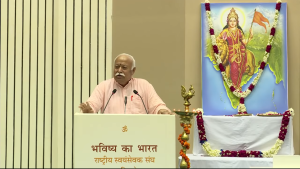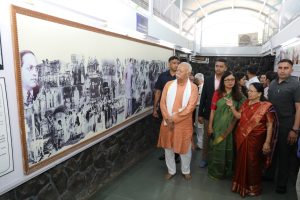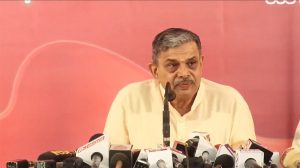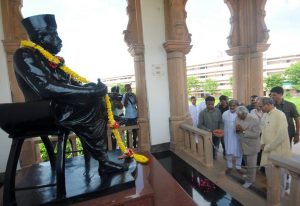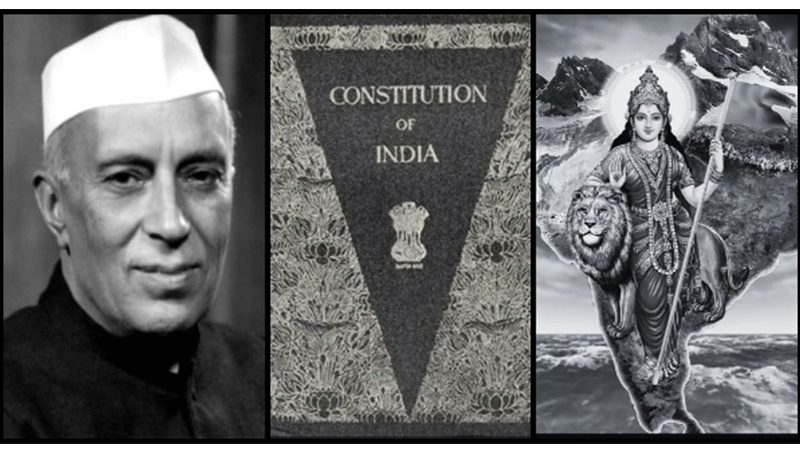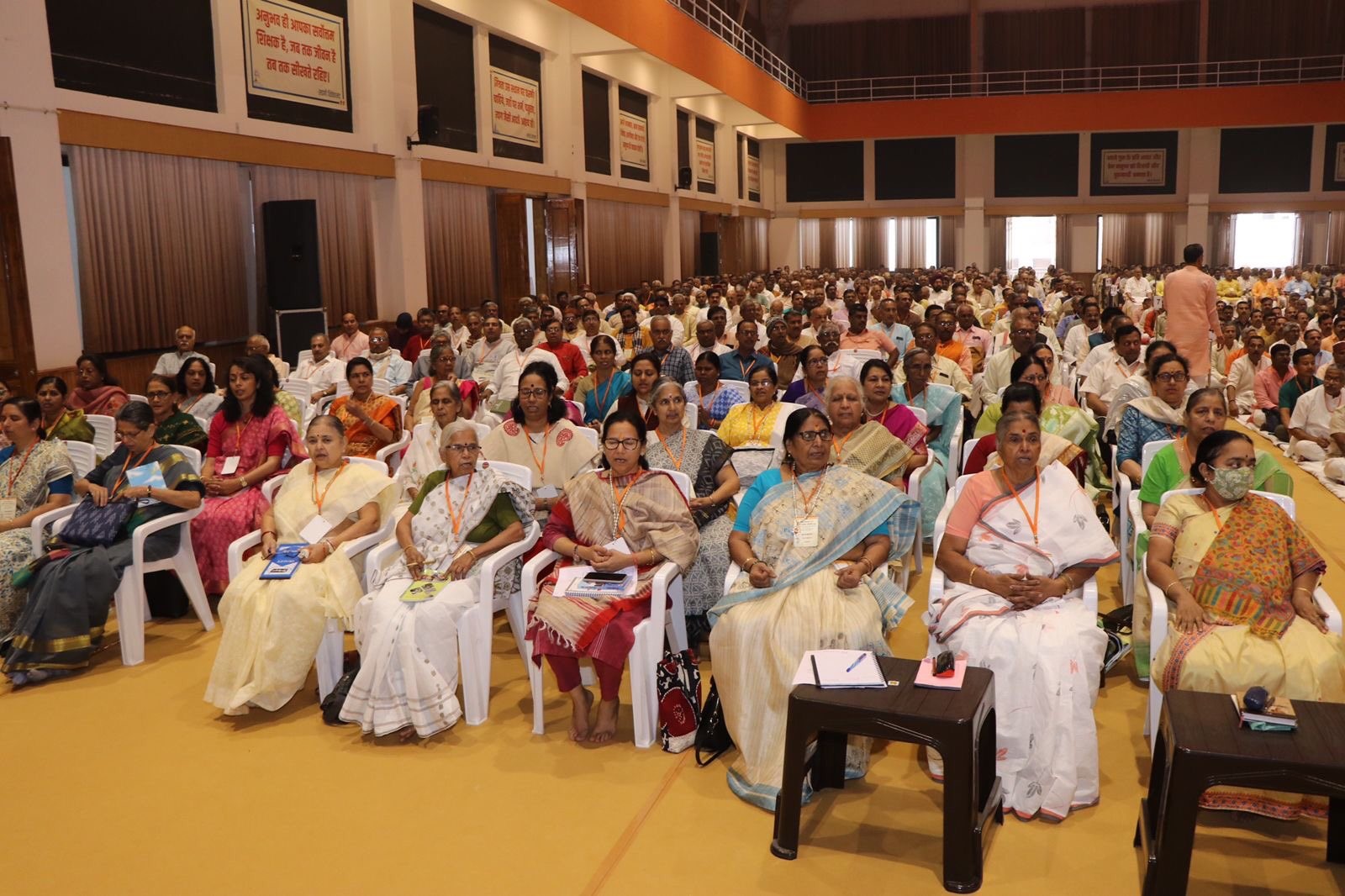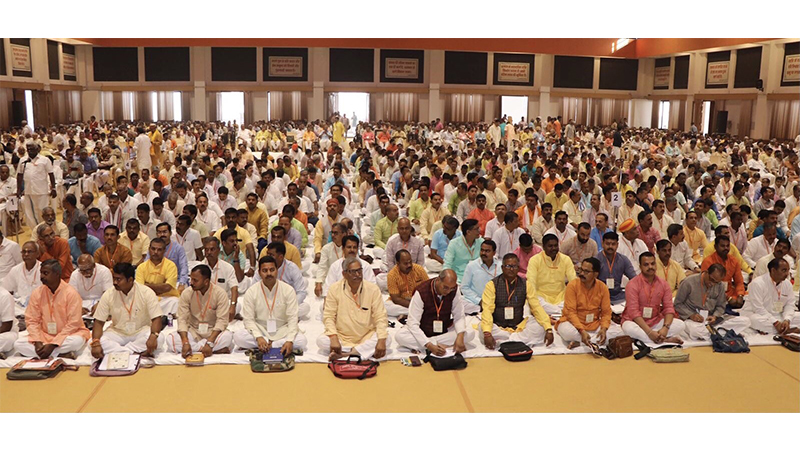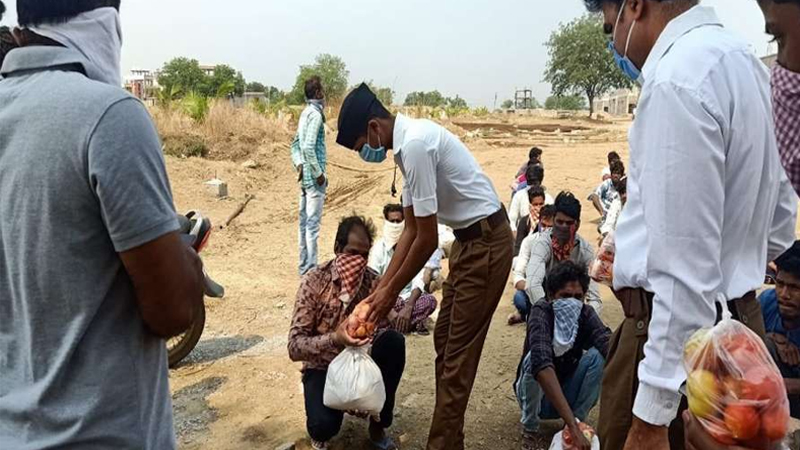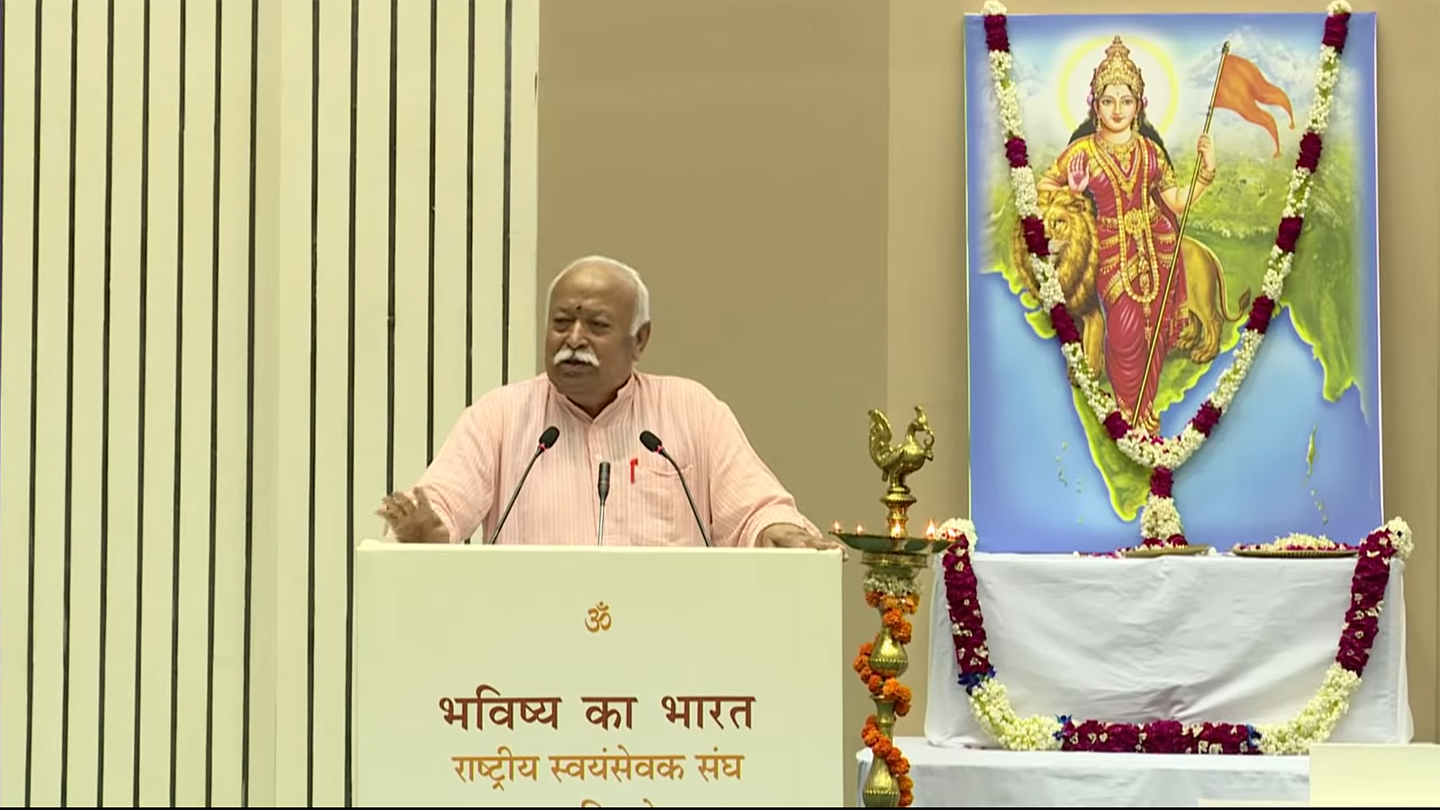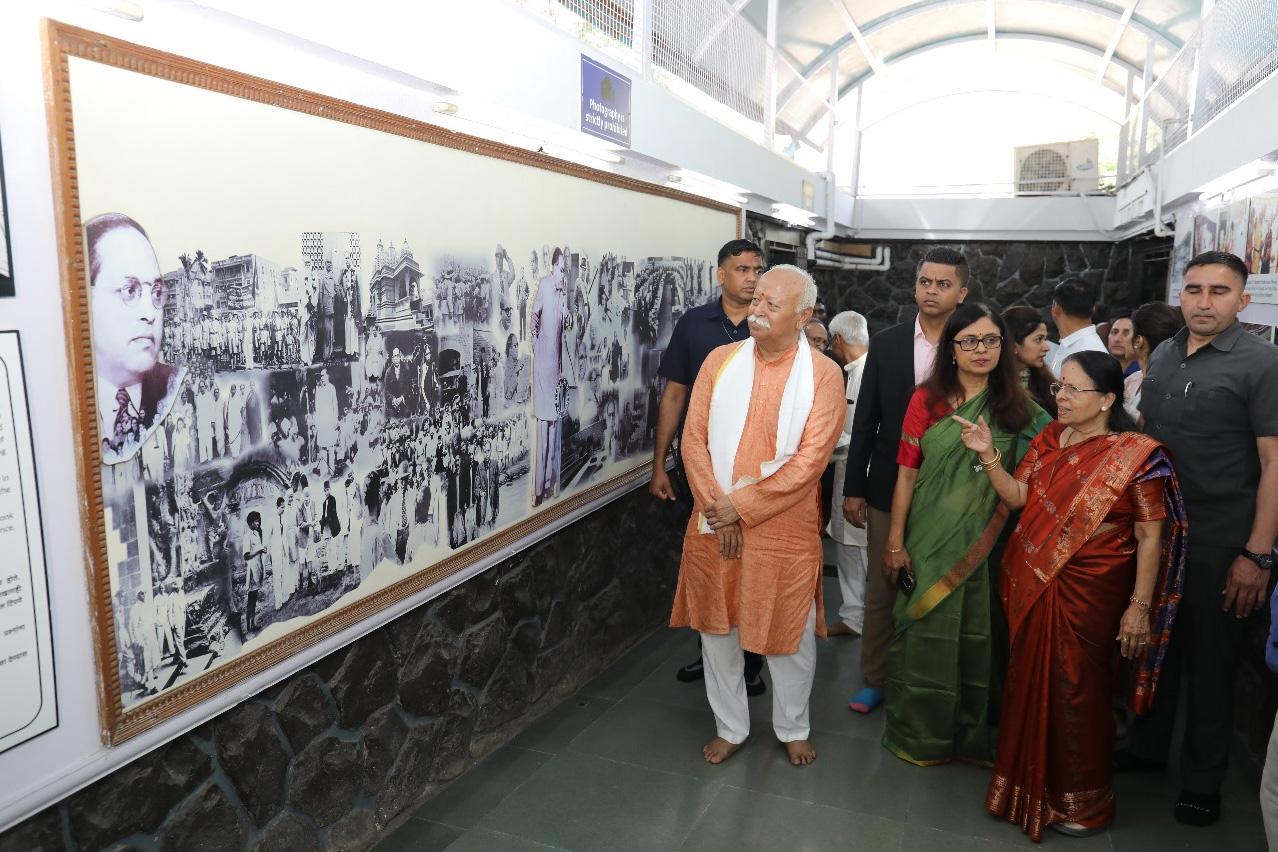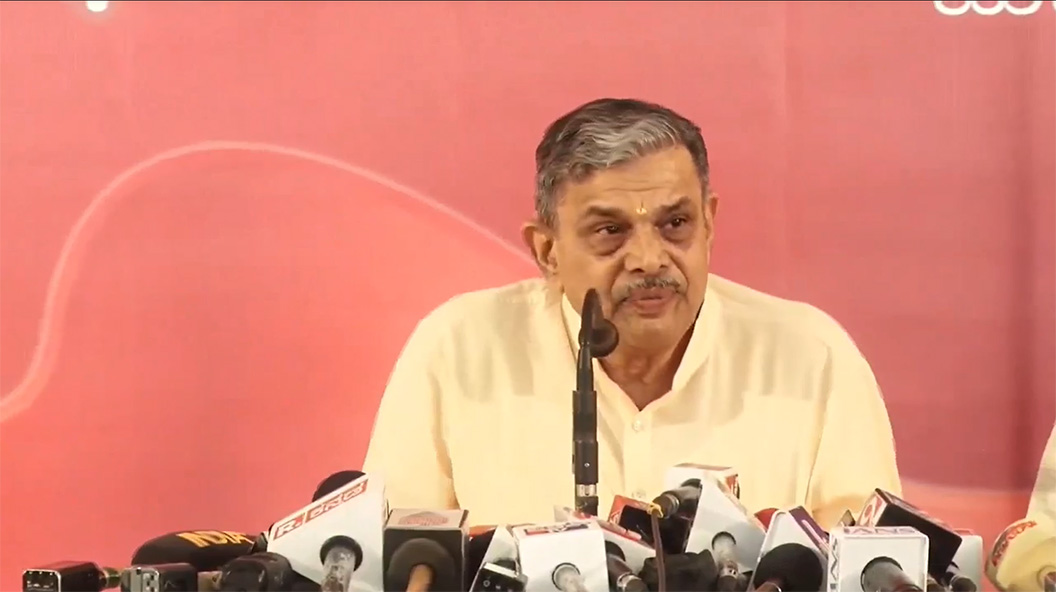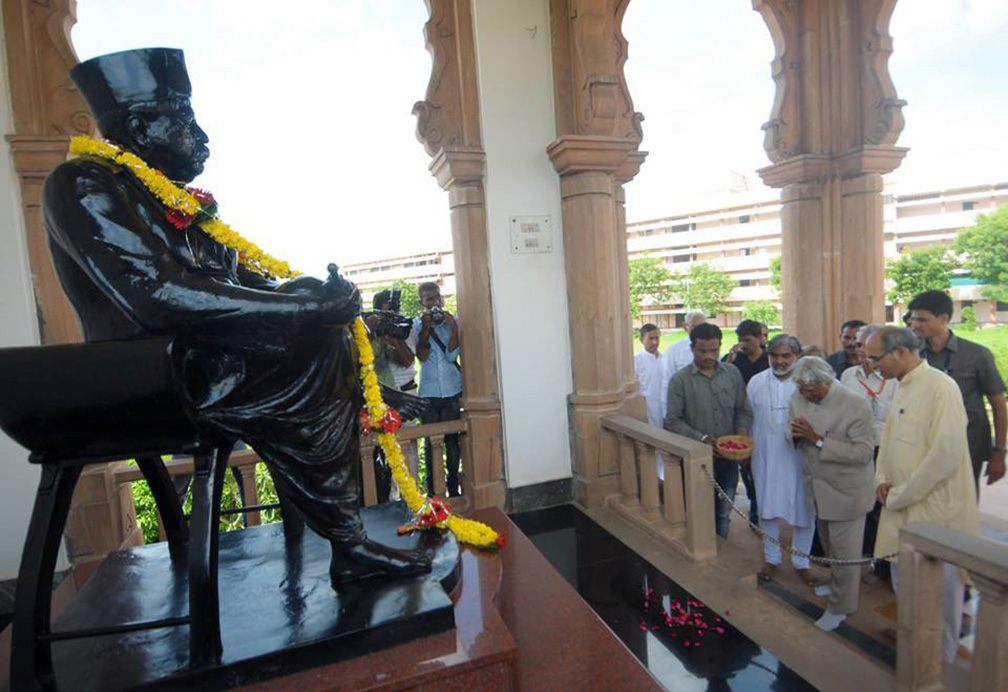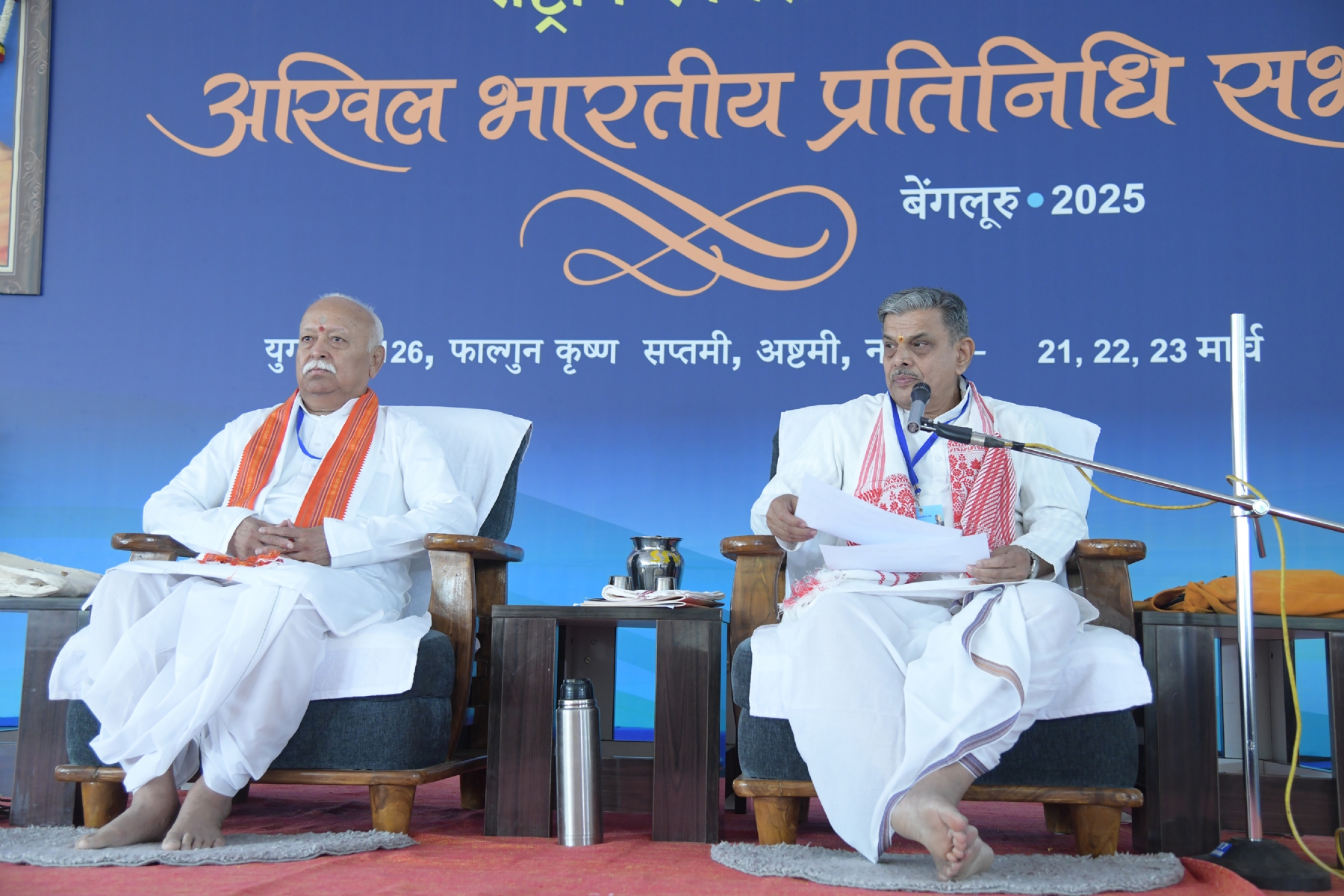How a metallurgical engineer cast Ram Temple movement in popular mould
Updated: November 16, 2023 14:22
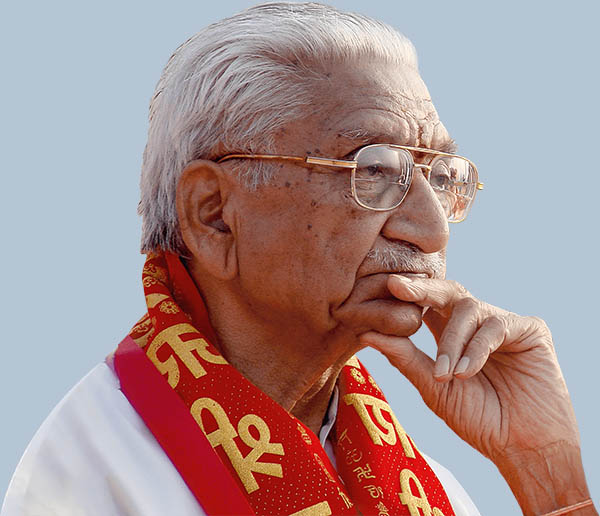
On January 22, 2024, the idol of Sri Rama, the most popular national icon of India since time immemorial, would be installed at his birth place in Ayodhya in the Indian state of Uttar Pradesh. This would also mark the successful culmination of the movement to build his temple at his birth place. Though the movement dates back to 1528 when Mughal invader Babar had broken and desecrated the original temple in Ayodhya and built a mosque on it.
In recent times, the movement to rebuild this temple, popularly known as Ramjanambhoomi movement, was started in the 1980s and it was led by several key figures from the Rashtriya Swayamsevak Sangh (RSS). One of them was former Vishva Hindu Parishad (VHP) chief Ashok Singhal, who created a groundswell of support for it by taking it to the masses. VHP is an organisation which has been inspired by the RSS.
Singhal, a metallurgical engineer by education, played a lead role in moulding the Ramjanambhoomi movement since the gathering of Hindu religious and spiritual leaders in 1984 at Vigyan Bhavan in the national capital, where the matter of reconstruction of Hindu temples at Ayodhya, Mathura and Kashi (Varanasi) was formally taken up for the first time, according to VHP archival material.
In 1986, Singhal took over as VHP general secretary and gave a push to the movement in a single-minded pursuit. Over the next six years, several key events of the modern Indian republic played out as Singhal took the movement to its feverish pitch.
He expanded the VHP base through various programmes while pushing for the temple. One of the most important was ‘Shila Pujan’, under which the bricks for the foundation of the proposed temple were sent from across the country to Ayodhya.
This created a support base for the movement at the grassroots level, especially in rural India. He also ensured that fissures among various Hindu sects do not mar the progress of the movement.
He led the Kar Seva (volunteer service) in Ayodhya in 1990 from the front, when the then Uttar Pradesh chief minister Mulayam Singh Yadav ordered firing on the volunteers.
Two years later, on 6 December 1992, the Babri Masjid was demolished in what became a defining episode of the era.
Last year, the Supreme Court ended the decades-long legal dispute in the case, paving the way for the construction of the temple.
How he worked with the RSS
Ashok Singhal was born on 27 September 1926 in Agra to Mahavir Singh, a deputy collector, and Vidyawati. He had seven siblings — six brothers and a sister — shows the archival material.
He got associated with the Rashtriya Swayamsevak Sangh (RSS) in his childhood in Allahabad (now Prayagraj in Uttar Pradesh) and decided to dedicate his life to the organisation. One of his peers from the city, Rajendra Singh, became the third RSS Sarsanghchalak(Chief Mentor) in 1994.
In 1950, Singhal graduated from the Banaras Hindu University (BHU) with an engineering degree in metallurgy. However, he became an RSS pracharak (full-time worker) in the same year even as his father showed reluctance.
Over the next 65 years, he worked for the Hindutva organisation and the cause to which he remained fiercely committed — building the Ram temple at the birthplace of Sri Rama in Ayodhya.
Singhal worked for around 25 years in different districts of Uttar Pradesh as district pracharak. Initially, he was entrusted with organisational work in Gorakhpur. Then he moved to Varanasi to do the same work. He also worked in Saharanpur and Kanpur in this period.
Later, he worked with other RSS inspired organisations, including the student body, the Akhil Bharatiya Vidyarthi Parishad (ABVP). In 1975, he was working with ABVP when he participated in the anti-Emergency movement and was jailed.
The turning point
After the Emergency, he came out of the prison and was handed the responsibility of the RSS Delhi unit as prant pracharak .
This proved to be a turning point for his career, catapulting him to the centrestage in the wake of his action plan after the conversion of Dalits into Islam at Meenakshipuram in Tamil Nadu in 1981.
He co-founded an organisation called Virat Hindu Samaj as general secretary in response to the Meenakshipuram incident. This body gave a call for a massive public rally in Delhi where around 5 lakh Hindus gathered to protest the conversion — a prominent Hindutva cause.
Similar conferences, rallies and public meetings followed in many parts of the country, forcing the then Congress government to take up the issue of conversion in the Parliament, where all major political parties condemned attempts to convert Hindus and asked the government to take appropriate steps.
The VHP turn
In 1982, he was drafted into the VHP and was appointed as the joint general secretary.
The VHP had been set up in 1964 to bring various Hindu sects together to unite Hindus and end caste-based discrimination and creating a network of Hindus living abroad.
In 1986, Singhal was named the general secretary and that set the course for the Ram Janmabhoomi events.
Singhal also played a catalyst in setting up ‘Single Teacher Schools’, an educational project of the VHP. These schools operate in the remotest areas of the country where young children are not able to secure education due to geographical challenges, according to the VHP.
At present, the VHP runs more than 1,00,000 such schools, imparting education to millions of children every year.
Singhal served as the president of the VHP between 2005 and 2011. He then became a mentor to the organistion until he died on 17 November 2015 after a brief illness.
However, even until his death, he espoused the cause of building a Ram temple at Ayodhya.
After his demise, Prime Minister Narendra Modi said Singhal was a “force behind several noble deeds and social work”, and his was a “deep personal loss”.
(The original version of this article appeared in The Print in August 2020. Link for the original version- https://theprint.in/india/how-metallurgical-engineer-ashok-singhal-cast-ram-janmabhoomi-movement-in-popular-mould/473932/)
